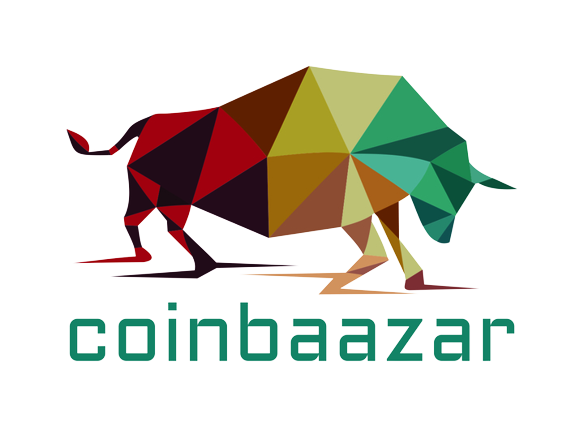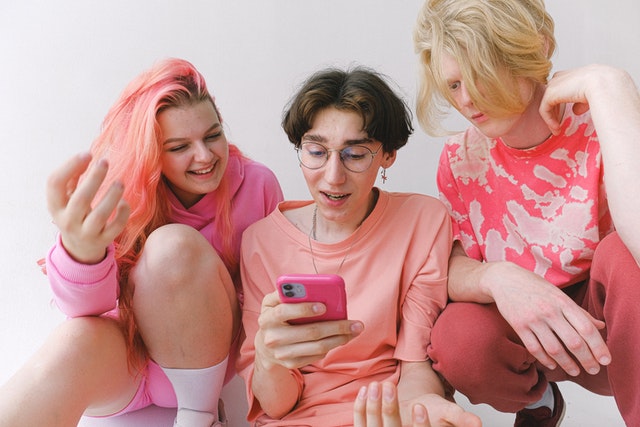So, you’ve decided to jump on the nonfungible tokens (NFT) train. Congratulations!
You’ve seen the news: NFTs are taking the art world by storm. Whether you’re an artist looking to monetize your work or a crypto enthusiast looking to invest in the future, minting your own NFTs can be a fun and profitable venture.
But where do you start? In this article, we’ve outlined some key steps for creating, minting, and listing your first NFT collection.
Know All the Fees
Before you jump into the world of NFTs, it’s important to know all the costs involved—both the obvious and not so obvious. While the upfront costs of minting and storing your NFTs may seem relatively low, several “hidden” costs can add up quickly.
There’s the cost of minting the NFTs, which involves paying a fee to a blockchain platform. And don’t forget about transaction fees when someone buys your NFTs. These add up quickly, so always factor them into your pricing.
Selecting the Perfect Platform
Not all NFT platforms are created equal. Some platforms may offer more exposure to a wider audience, while others may provide more comprehensive tools for creating and managing your collection.
Different platforms use different blockchains, so it’s important to select one that aligns with your needs. Some may also have higher fees than others, though these platforms often try to make up for the extra costs with bigger and better features.
Choose your platform based on:
- The size of your audience– Some platforms have a larger user base than others, so it’s important to consider how many people you’ll be able to reach with your collection. If you’re aiming for a global audience, you’ll need to choose a platform with a large user base.
- The types of NFTs you want to create– Some platforms specialize in certain types of NFTs, so if you have a particular type in mind, make sure the platform you choose supports it.
- The tools and resources you need– Each platform provides different levels of support, so it’s important to find one that offers the tools and resources you need to successfully launch and manage your collection.
For beginners, we suggest sticking to popular platforms. Not only are they easier to use, but they also have robust protections to help you avoid scams and fraud. Some of the most popular NFT platforms today are:
- OpenSea (uses Ethereum and Polygon)
- Rarible (uses Ethereum, Tezos, and Flow)
- SuperRare (uses Ethereum)
- Holaplex (uses Solana)
Connect Your Wallet to Your Chosen Platform
Most NFTs use the Ethereum blockchain. Most wallets accept Ethereum tokens, so you should have no trouble finding one that suits your needs. We recommend MetaMask or Coinbase Wallet—both are widely supported by NFT platforms.
Next, you’ll want to fund your wallet with your chosen cryptocurrency. In our case, that will be Ether (ETH). You can buy ETH on any major cryptocurrency exchange, such as Coinbase or Kraken.
Once you have some ETH in your wallet, you’re ready to connect it to your NFT platform account. Most platforms have browser extensions available to make connecting your wallet a breeze.
Creating and Minting Your NFT Collection
NFT collections are one of the biggest crazes in the crypto art world and for good reason. The market for traditional art has always been speculative—the NFT world simply takes it to a whole new level.
NFT collections are a way to group NFTs that have a common theme, idea, or even just visually go well together. You can think of them as digital art galleries where each NFT is its own piece of art.
You still create and mint individual NFTs but with a collection, you have the bonus of being able to market and sell your NFTs as a whole. Creating an NFT collection is as simple as creating individual NFTs but with one key difference: you need to add each NFT to your collection.
Some tips to help your first NFT collection stand out:
- Pay attention to your voice– An NFT’s value doesn’t depend solely on beauty or even rarity. There are thousands of “1 of 1” NFTs, but just a few with enough value to make a difference in your life. . So what distinguishes one from the other? In most cases, it’s the NFT’s “story”. Your NFT should have a clear point of view that sets it apart from the rest.
- Be true to your style– If you’re an established artist with a recognizable style, stick to it. NFT collectors are looking for NFTs that reflect the artist’s unique vision.
- Build your brand as an artist– NFT collections are a great way to build your brand as an artist. They’re also a personal expression of who you are as an artist. Use NFT collections to tell your story, share your values, and connect with your fans—-continually building hype around your work.
Listing Your NFT Collection
The biggest NFT platforms all offer easy ways of listing a collection of NFTs. If you’re a beginner, it’s best to use one of these platforms to get started to avoid making any costly mistakes.
Of course, you want to build buzz for your collection before you list it. Use social media, word of mouth, and any other marketing channels you have at your disposal to get people talking about your NFTs. You can create a website, social media accounts, or even give NFT gifts to friends and family to get them interested in your work.
So there you have it, everything you need to know about minting your first NFT collection! The process may seem daunting at first, but with a little time and effort, you can list your collection on a blockchain and start reaping the benefits of owning digital assets. And who knows, maybe one day your NFTs will be worth more than the underlying art!

